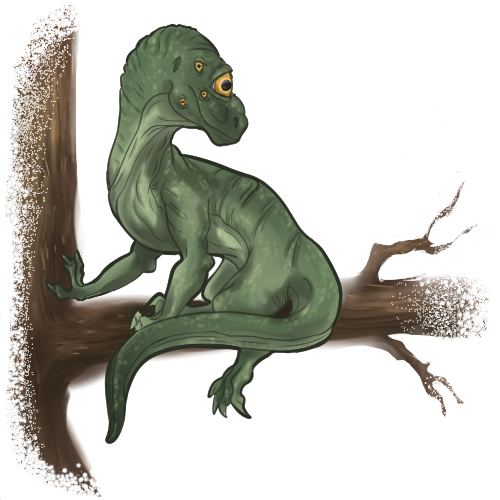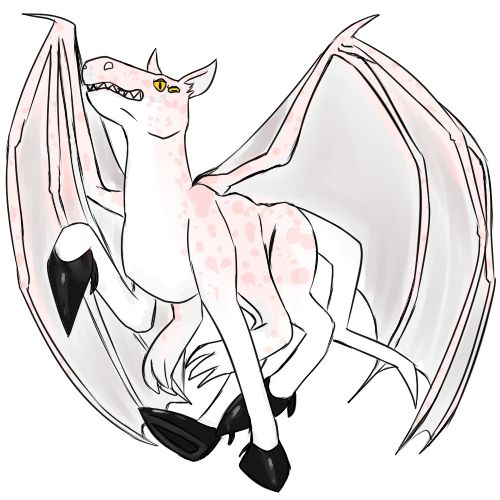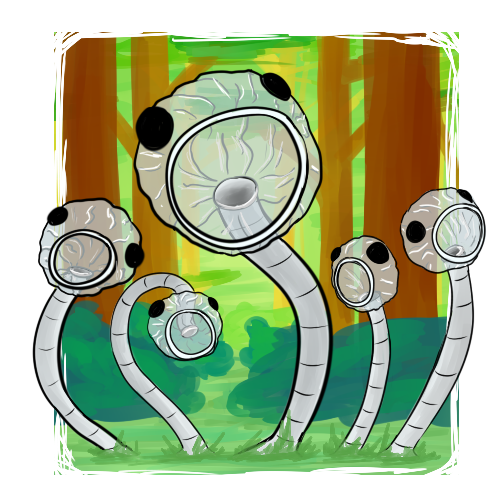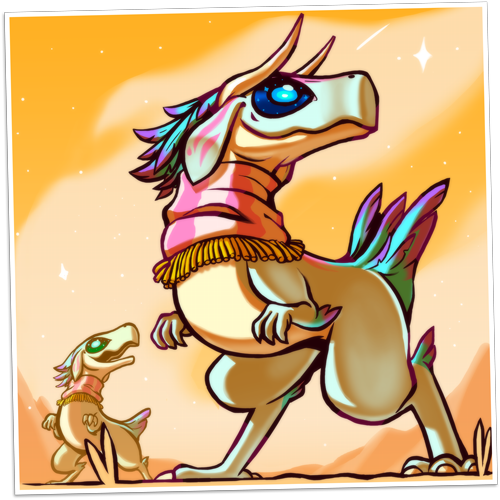Polydextrol
Despite their plentiful amount of eyes, polydextrols have been genetically altered to rely on their keen sense of smell and hearing which, due to the side effects of selective breeding, resulted in near-blindness. These animals are also prone to random fits of rage or fear, and if not quickly pacified by their owner, their sense of smell will shut down, hearing dulled, and their eyes "reactivated", suddenly they are able to see with far more clarity than ever, thanks to genetic tampering, thus scaring them further.




















